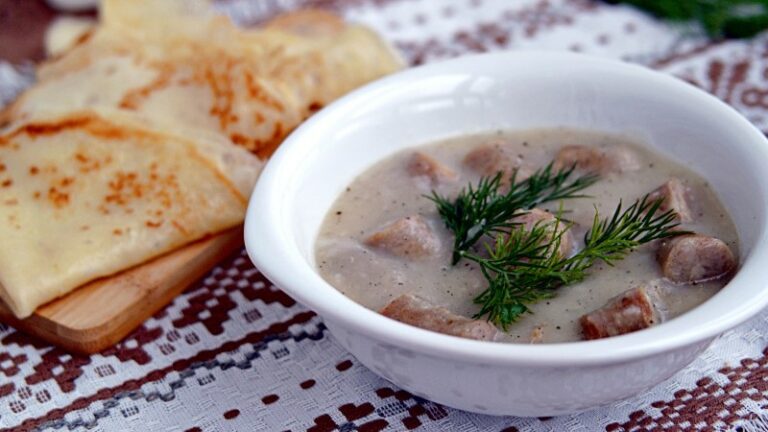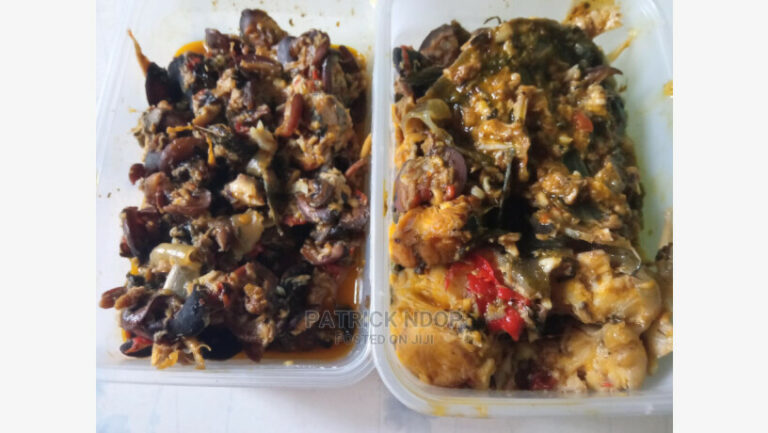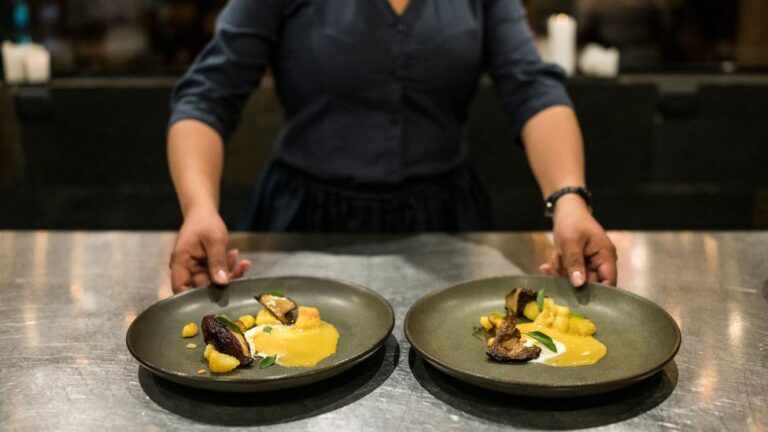Introduction: Exploring Barbadian Cuisine
Barbadian cuisine is a reflection of the Caribbean island’s rich cultural history and diversity. With influences from African, European, and indigenous cultures, the cuisine is a unique blend of flavors, spices, and techniques. The island’s tropical climate provides an abundance of fresh fruits, vegetables, and seafood that are used in many of its traditional dishes.
Influence of African, European and Indigenous Cuisine
Barbados has a rich history of colonization and slavery, which has influenced its cuisine. The African influence is evident in dishes such as cou-cou and flying fish, which are made with cornmeal and okra and served with fried or grilled fish. The European influence is seen in dishes such as macaroni pie, a baked pasta dish that is similar to mac and cheese, and fish and chips, which is a popular dish served in many of the island’s fish fry restaurants. Indigenous influences are seen in dishes such as rice and peas, which is made with pigeon peas and coconut milk.
Dietary Restrictions in Barbadian Cuisine: An Overview
Barbadian cuisine has a variety of options for those with dietary restrictions. The cuisine is generally high in seafood, vegetables, and fruits, making it a great choice for those who follow a Mediterranean-style diet. However, there are also options for those who are vegetarian, vegan, or have food allergies. Many restaurants offer gluten-free options and are conscious of common allergens, including nuts and dairy.
Meat, Fish and Poultry in Barbadian Cuisine
Barbadian cuisine includes a variety of meats, fish, and poultry. Some of the most popular meat dishes include jerk chicken, beef stew, and fried pork chops. Fish is also a staple of Barbadian cuisine, with flying fish being the most popular. Other popular fish dishes include mahi-mahi, swordfish, and red snapper.
Vegetarian and Vegan Options in Barbadian Cuisine
Vegetarian and vegan options are available in Barbadian cuisine. Many of the vegetable-based dishes, such as cou-cou and rice and peas, are naturally vegetarian. Vegan options include dishes such as roasted plantains, pumpkin soup, and vegetable stir-fry. Some restaurants also offer vegan burgers and sandwiches.
Common Allergens in Barbadian Cuisine
Barbadian cuisine uses a variety of spices and ingredients, some of which may cause allergic reactions in some people. Common allergens include nuts, dairy, and gluten. Many restaurants are aware of these common allergens and offer gluten-free options and dishes that are free from nuts and dairy.
Halal and Kosher Options in Barbadian Cuisine
Halal and kosher options are also available in Barbadian cuisine. Some restaurants offer halal meat dishes, such as jerk chicken and beef stew, and kosher options such as fish and vegetable dishes.
Conclusion: Barbadian Cuisine Offers Something for Everyone
In conclusion, Barbadian cuisine is a rich and diverse culinary experience that offers something for everyone. With its blend of African, European, and indigenous influences, the cuisine has a unique flavor profile that is sure to delight any palate. Whether you are a meat-eater, vegetarian, vegan, or have food allergies, there are plenty of options available to satisfy your cravings. So, come and explore the delicious world of Barbadian cuisine!










